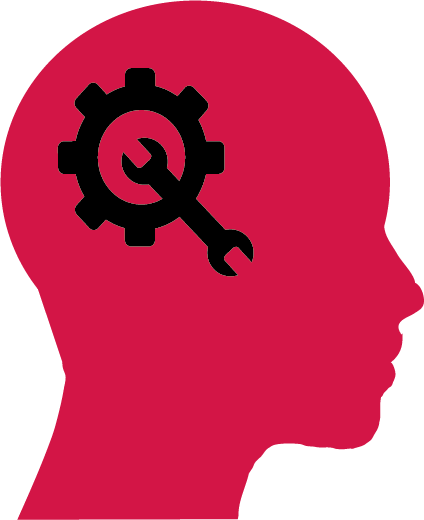
Computational Psychiatry & Computational Psychosomatics
Psychiatry faces major challenges: Its nosology is still symptom-based and it lacks mechanistic assays with predictive validity. Strikingly, neuroscientific advances have hardly affected nosology or clinical practice at all. One response to this disconnect is computational psychiatry, which focuses on using computational models to obtain a mechanistic understanding of mental disorders. Our lab’s research in this context specifically centers on developing general mathematical frameworks and addressing clinically-relevant questions in the context of Pathological Gambling Obsessive-Compulsive Disorder, Psychosomatic Symptoms and Chronic Pain. The aim is to develop new computational assays to improve diagnosis, prognosis and treatment of mental disorders.
One of our current key projects has focussed on the development of a pain management app, SOMA. The first release of the App will be in July 2022. The App includes a platform for scientist to run their own studies. We hope this will facilitate the acquisition of large scale data sets across many institutions. Contact us if you are interested in running a pain study.


